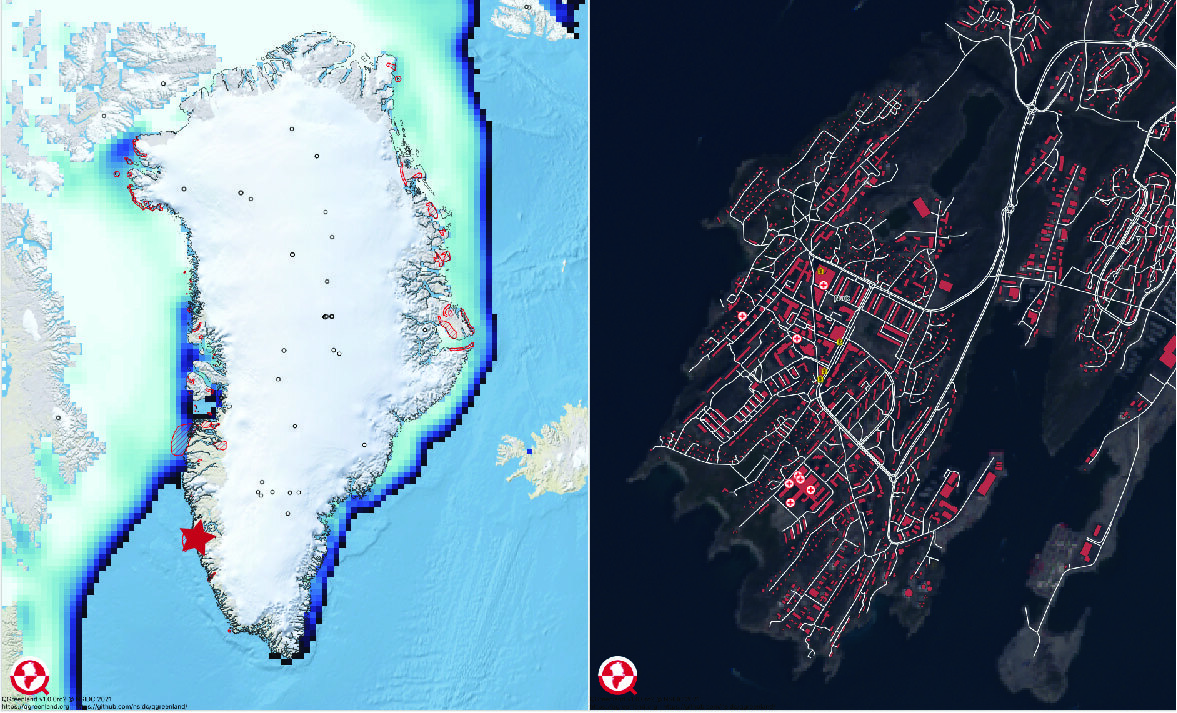Contribute Directly via GitHub
QGreenland strives to be an open source project to the fullest extent possible, with all development documents on the QGreenland Github page. We welcome contributions from the community on developing additional data layers, expanded metadata, styling data layers, and creating entirely unique instances of QGreenland for personal and community use.
Details on contributing directly to QGreenland via Github are here.
Make Your Data QGreenland Compatible
While QGreenland provides a curated base package of data on a variety of topics, the options for adding additional data are nearly unlimited. We encourage data producers to make their data easily compatible with QGreenland. Here are tips for making your data easy to add to QGreenland:
- QGreenland uses EPSG:3413 (WGS 84 / NSIDC Sea Ice Polar Stereographic North).
- Ensure your data is in a usable geospatial format, with location information associated with all data attributes.
- Publicly archive your data in a trusted repository. Examples include: NSF Arctic Data Center and Dryad.
- Complete and clear metadata is very important. Take time to ensure your metadata is excellent. Consider these metadata best practices from ESIP and Axiom.
Whether you want to publish new data that is compatible with QGreenland, contribute new datasets to QGreenland via GitHub, or just add compatible data layers to your own QGreenland project, you can find more detailed instructions for making QGreenland-compatible data here.



